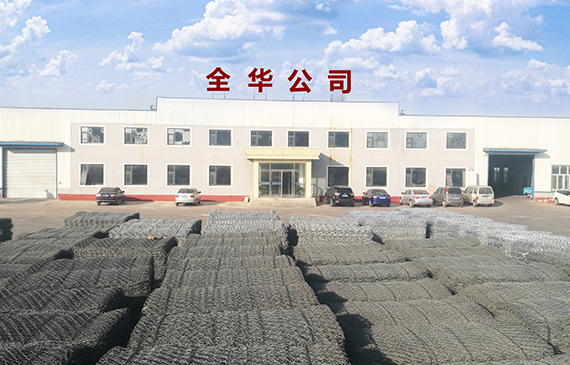Dec . 02, 2024 01:48 Back to list
China Gabion Wall Design and Construction Techniques for Effective Erosion Control
The Structural and Aesthetic Value of Gabion Walls in China
In recent years, gabion walls have emerged as an advantageous architectural solution in various regions of China. This method involves the use of wire mesh baskets filled with materials such as stones, rocks, or recycled concrete. Gabion walls have gained popularity not only for their structural integrity but also for their versatility in design and environmental benefits.
Understanding Gabion Walls
A gabion wall consists of three main components the wire mesh, the filling material, and the foundation. The wire mesh is typically made of galvanized steel or PVC-coated steel to resist corrosion and enhance longevity. The choice of filler material can range from locally sourced stones to decorative aggregates, allowing for broad customization based on aesthetic preferences and availability of materials. The foundation of the wall is crucial as it provides the necessary support and stability.
Structural Benefits
One of the significant advantages of gabion walls is their robustness. They are capable of absorbing and dissipating the energy generated from water runoff, which makes them particularly effective in managing erosion and supporting embankments. This quality is particularly relevant in mountainous regions of China, where heavy rainfall can lead to landslides. The interconnected nature of the wire mesh and the mass of the stones creates a flexible structure that can adapt to shifting ground conditions over time.
Additionally, gabion walls allow for natural drainage due to the gaps between the stones, which reduces the risk of hydrostatic pressure build-up. This feature minimizes the potential for wall failure and enhances the overall stability of the structure.
Environmental Benefits
From an ecological perspective, gabion walls can contribute positively to the surrounding environment. By utilizing natural and locally sourced materials, these walls are often more sustainable than traditional concrete barriers. Furthermore, the porous nature of gabion structures allows for rainwater to permeate through, which can support local vegetation growth and foster biodiversity.
china gabion wall section

In addition, many gabion walls serve as habitats for small wildlife, promoting ecological balance. The use of recycled materials in these constructions can also reduce waste and encourage environmentally responsible practices in urban planning.
Aesthetic Appeal and Versatility
Gabion walls offer considerable aesthetic value. Their rugged appearance can complement various landscapes, from urban settings to rural backdrops. By varying the type and color of the filling materials, designers can create visually appealing structures that enhance the overall aesthetic of the environment. Whether used as retaining walls, fencing, or decorative features, gabion walls can be tailored to meet specific design requirements.
In urban areas, gabion walls have been used creatively in parks and gardens, integrating nature into cityscapes. Their modern, industrial look aligns well with contemporary architectural trends, while their potential for incorporating greenery adds a refreshing element to developed areas.
Challenges and Considerations
Despite their many advantages, gabion walls are not without challenges. The quality of the wire mesh is critical; it must be resistant to corrosion to ensure that the wall remains intact over time. Regular maintenance is needed to check for any signs of wear, and to ensure that the stones remain compacted and stable.
In addition, while gabion walls are effective in many scenarios, they may not be suitable for all conditions. In areas prone to severe flooding or heavy impacts, additional reinforcement may be necessary to ensure that the walls perform as intended.
Conclusion
Gabion walls represent a blend of functionality, sustainability, and aesthetic appeal that aligns well with modern construction practices in China. As cities evolve and the challenges of climate change become increasingly apparent, the strategic use of gabion walls offers viable solutions for erosion control, landscape enhancement, and environmental management. By embracing this innovative technology, China can continue to advance its infrastructure while respecting the natural environment.
-
HESCO Gabion Baskets for Coastal Erosion Prevention
NewsAug.22,2025
-
Longevity and Durability of River Rock Gabion Walls
NewsAug.22,2025
-
How to Integrate Gabion 3D Walls in Urban Planning
NewsAug.22,2025
-
Reno Mattress Gabion Applications in Civil Engineering
NewsAug.22,2025
-
How to Install Wire Mesh for Gabion Baskets Properly
NewsAug.22,2025
-
Best Materials for Filling a Chain Link Gabion
NewsAug.22,2025
-
Wire Mesh Thickness Impact on Gabion Wall Load Bearing
NewsAug.12,2025






